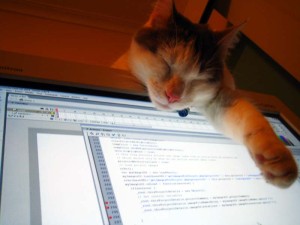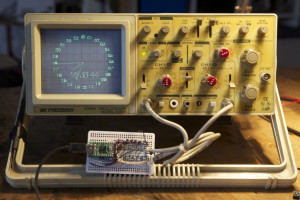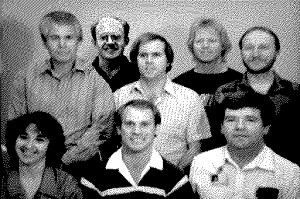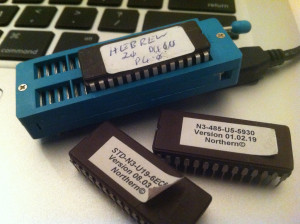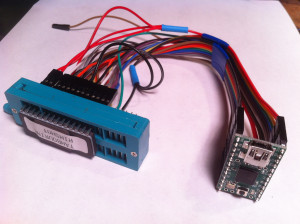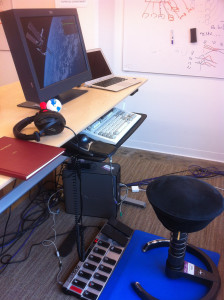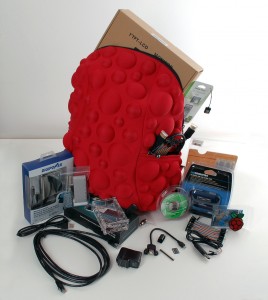 Adafruit is joining us along with the Raspberry Pi Foundation for our upcoming event on wednesday, and they’ve offered up an amazing Raspberry Pi shaped goodie backpack filled with accessories. The event is sold out but if you have an awesome project that you want to bring, and think you have a shot at winning this awesome prize from Adafruit, tell us about your project in the comments, and we’ll see if we can squeeze you in 🙂
Adafruit is joining us along with the Raspberry Pi Foundation for our upcoming event on wednesday, and they’ve offered up an amazing Raspberry Pi shaped goodie backpack filled with accessories. The event is sold out but if you have an awesome project that you want to bring, and think you have a shot at winning this awesome prize from Adafruit, tell us about your project in the comments, and we’ll see if we can squeeze you in 🙂
Here’s the info from Adafruit’s blog
How can you win? We’re going to give this away to someone at the NYC Resistor event on September 19th. If you’re going to the event you need to show up with a cool project made with a Raspberry Pi in some way. Ladyada and Becky will pick a winner, so make sure you show up with something really cool that shows what you can do with a Pi, looking for ideas? Check out tutorials and Pi day here.
